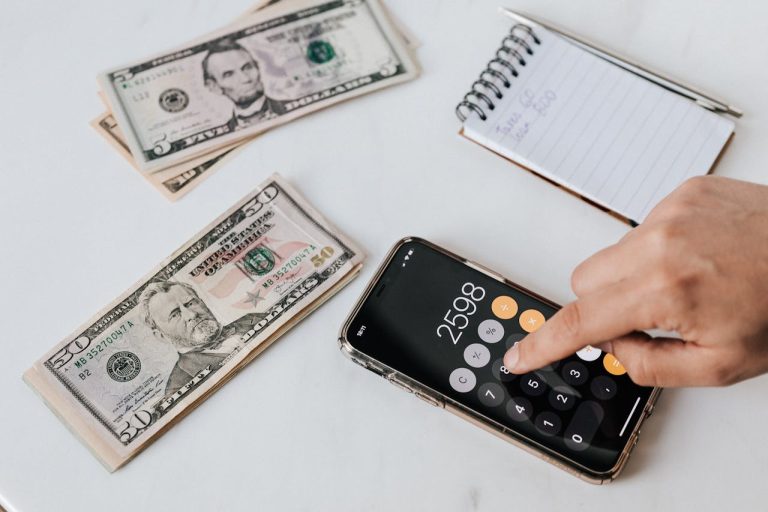Exante is a global investment firm that provides an all-in-one solution through its multi-currency account. The firm was established in 2011 by founders Gatis Eglitis, Anatoly Knyazev, and Alexey Kirienko. Its trading platform also lets users directly access the market, meaning they can take advantage of more than 600,000 instruments and over 50 markets. In this review, we take a look at how to add and withdraw funds from Exante, what currencies Exante supports, and if it is safe to store funds with the broker. Be sure to continue reading to learn more.
Minimum deposit to start trading
In order to financially start trading with your live account, you must first meet the minimum funding requirement. The minimum deposit to start trading will depend on the account type of the client – either an individual or corporate account.
For a basic individual trading account, the minimum funding should be equal to or more than 10,000 EUR/GBP. For a corporate trading account, the minimum funding should be equal to or more than 50,000 EUR/GBP. Traders can also deposit an equivalent amount in another available currency, such as USD, JPY, HKD, CAD, AUD, SGD and more. However, the range of currencies available for deposit can vary based on account type.
Once all the documents have been checked and approved, traders can deposit any amount. Exante does not have any fixed minimum or maximum transfer limit, meaning the deposit can be transferred in parts. However, traders will only receive access to live trading once they reach the minimum deposit requirement.
Supporting documents required
The supporting documents required to establish a source of funds and source of wealth differ for the account type. For individual clients, some of the documents required include employment income, Company sale, Inheritance, Dividend Payment, Maturity of Life Policy, and more. While for corporate clients, some required papers include income from business activities, investment/trading, real estate sales, Dividend payments, and more. Do note that Exante’s Compliance team reserves the right to request further details and documents if necessary.
Adding funds to a trading account
The default deposit method for Exante’s trading platform is bank transfer. This is because it is considered the safest method of transferring large amounts of money. Currently, Exante accepts payments via transfer from any bank and payment system, with a few exceptions. To make the platform secure, Exante’s trading account can only be funded by the verified account owner, so no 3rd party transfers are allowed. Do note that it may take from 1 to 5 business days for the bank to process your transfer.
Managing account currencies
Exante’s trading platform allows traders to trade from a single multi-currency account. As such, the platform supports a multitude of currencies. These include EUR, USD, GHF, GBP, SEK, SGD, JPY, HKD and more. The deposit currencies will depend on your account type. Traders can deposit in EUR, GBP, CHF, AUD, CZK, and PLN. If a trader adds money to their account in any of the currencies, their funds will remain in the currency of choice unless they intentionally convert them or enable the automatic currency conversion function.
Converting funds directly on the Exante platform can be done in two ways. The first is by clicking on Account Summary > Cash Balance. Then right-click the row of the currency you wish to convert. The second way is to click on Instruments > Cash, and then place an order. If you wish to fund your account in a different currency, however, users can contact Exante’s support team, where they should receive a response quickly.
Safety of funds
For traders who are worried about the safety of their funds, Exante has you covered. The trading firm’s priority is to guarantee transparency and reliability for its clients worldwide. Moreover, Exante is regulated in all the regions it is based in, meaning that traders can breathe a sigh of relief knowing their funds are being taken care of. More specifically, Exante is a Financial Conduct Authority (FCA) regulated investment firm, which means it meets all the associated legal requirements, policies, and protocols. Exante also works with major UK, EU, and Asian banks. So, when it comes to clearing, they only rely on Tier 1 liquidity providers.
As an EU-based firm, Exante is also regulated by the MiFID II. MiFID II is a regulatory framework that helps regulate the financial markets in the EU as well as provide protection for investors. It covers nearly every asset and profession within eh EU financial services industry and increases the transparency of costs as well as improves the record-keeping of transactions. Overall, it aims to standardise practices across the EU and restore confidence in the financial industry.
Withdrawing funds from Exante
The only way to withdraw funds from Exante is by bank transfer. This is because it is the most secure way to do so. As such, the withdrawal of funds by credit card is not supported by Exante. Funds are withdrawn directly into the holder’s account; however, exceptions are made if the client closed the bank account from which the funds were transferred initially, or if the bank has closed.
Withdrawing funds from Exante is incredibly easy and straightforward. You first have to navigate to the Client’s Area and hit the Account tab. Then select transfers, where you can specify the amount you’d like to withdraw. If you have any open positions, Exante provides a warning message reminding you to close the positions first.
It generally takes one business day to approve withdrawal requests. That said, bank processing can take up to five business days and require additional fees, which Exante does not determine.

